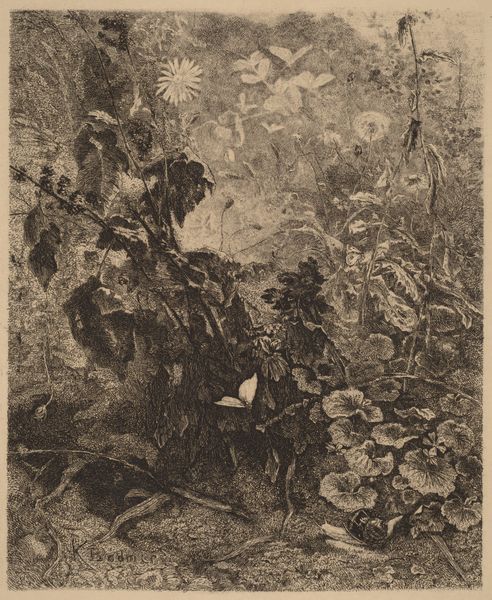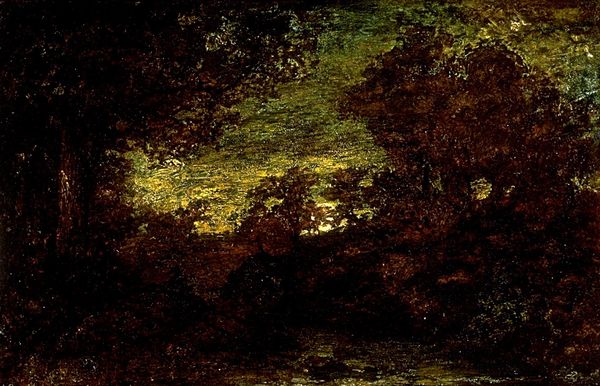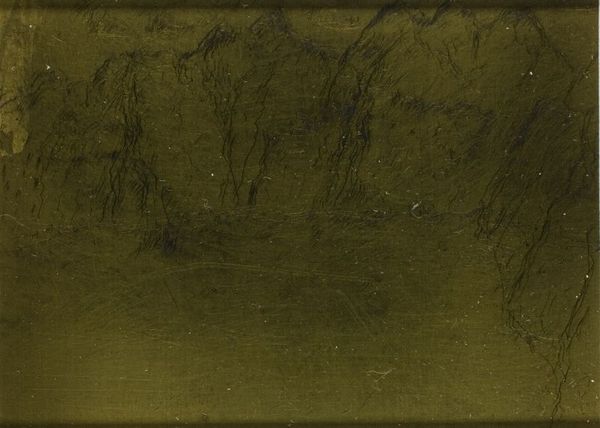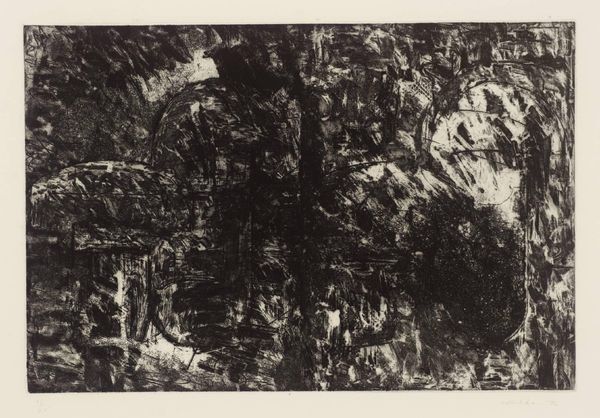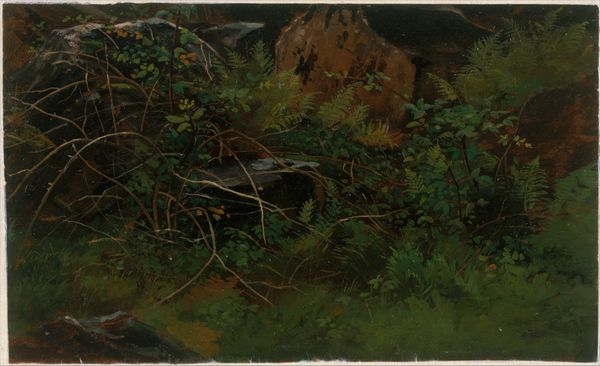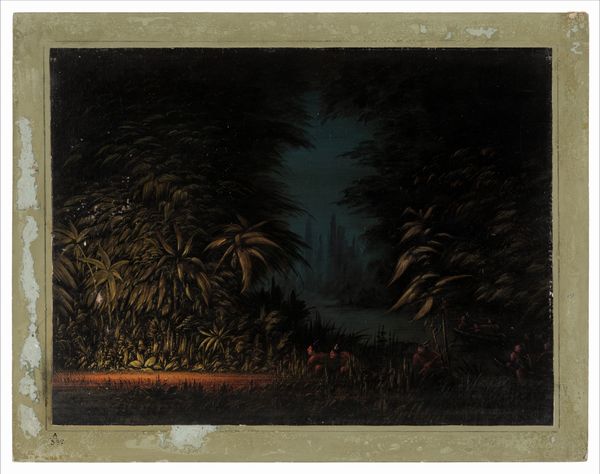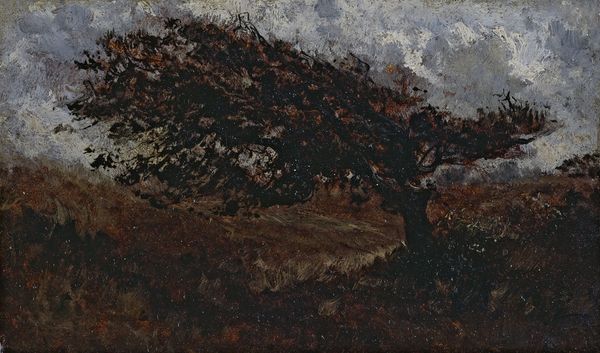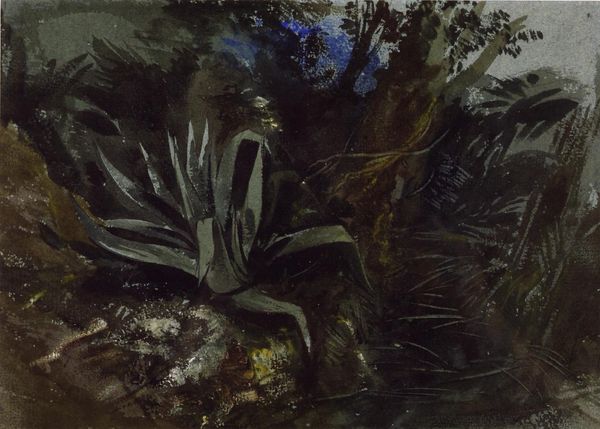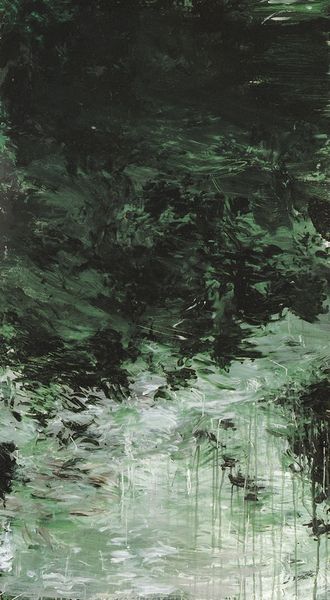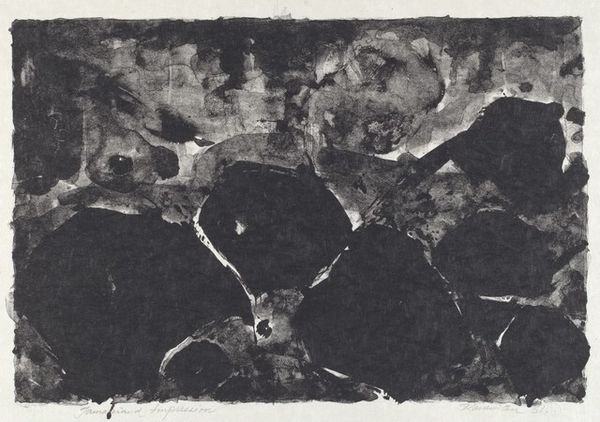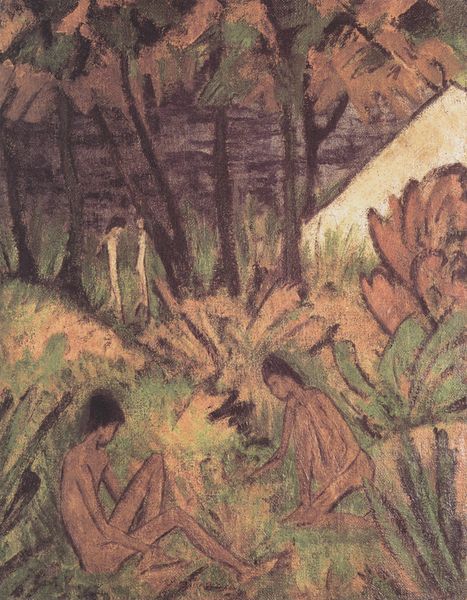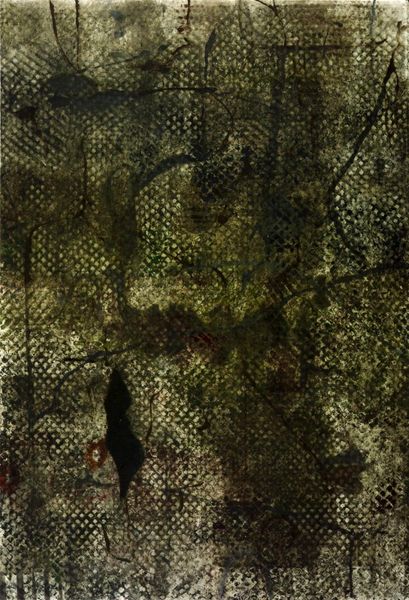
Dimensions: support: 262 x 335 mm frame: 362 x 432 x 55 mm
Copyright: CC-BY-NC-ND 4.0 DEED, Photo: Tate
Editor: Here we have Peter De Wint's "Study of Burdock and other Plants." The lush greenery almost swallows the scene. What does this painting say to you? Curator: It speaks of a romanticized relationship with nature, perhaps reflecting the social anxieties of the Industrial Revolution. De Wint seems to be searching for authenticity in the pastoral landscape. Editor: Authenticity? Curator: Yes, a space untouched by the human cost of progress. How does De Wint use the visual language of the pastoral to either reinforce or undermine traditional class structures? Editor: That's a really interesting point. I never considered it in terms of social critique. Curator: It is about class, land, and who has access to it. Editor: I see it now; thanks.
Comments
tate 7 months ago
⋮
http://www.tate.org.uk/art/artworks/de-wint-study-of-burdock-and-other-plants-t03669
Join the conversation
Join millions of artists and users on Artera today and experience the ultimate creative platform.
tate 7 months ago
⋮
De Wint's early interest in open-air painting was fostered by the portrait painter and engraver John Raphael Smith, who took him on sketching expeditions by the river Thames. However, it would also have been nurtured by his friendship with the watercolourist John Varley, who was De Wint's London neighbour early in the century. This sketch belongs to a small group of oil studies of grasses and weeds which De Wint made early in his career, the result of a campaign of painting from nature. Gallery label, September 2004
